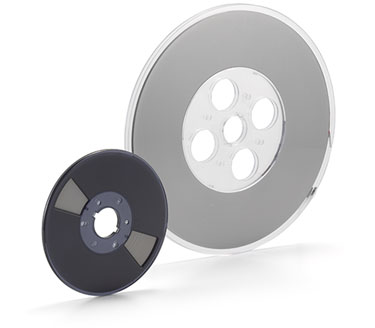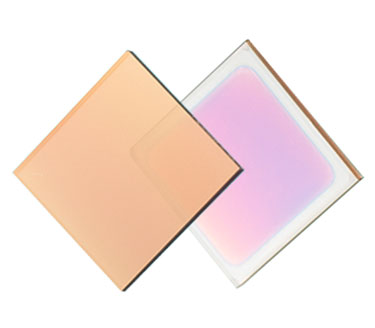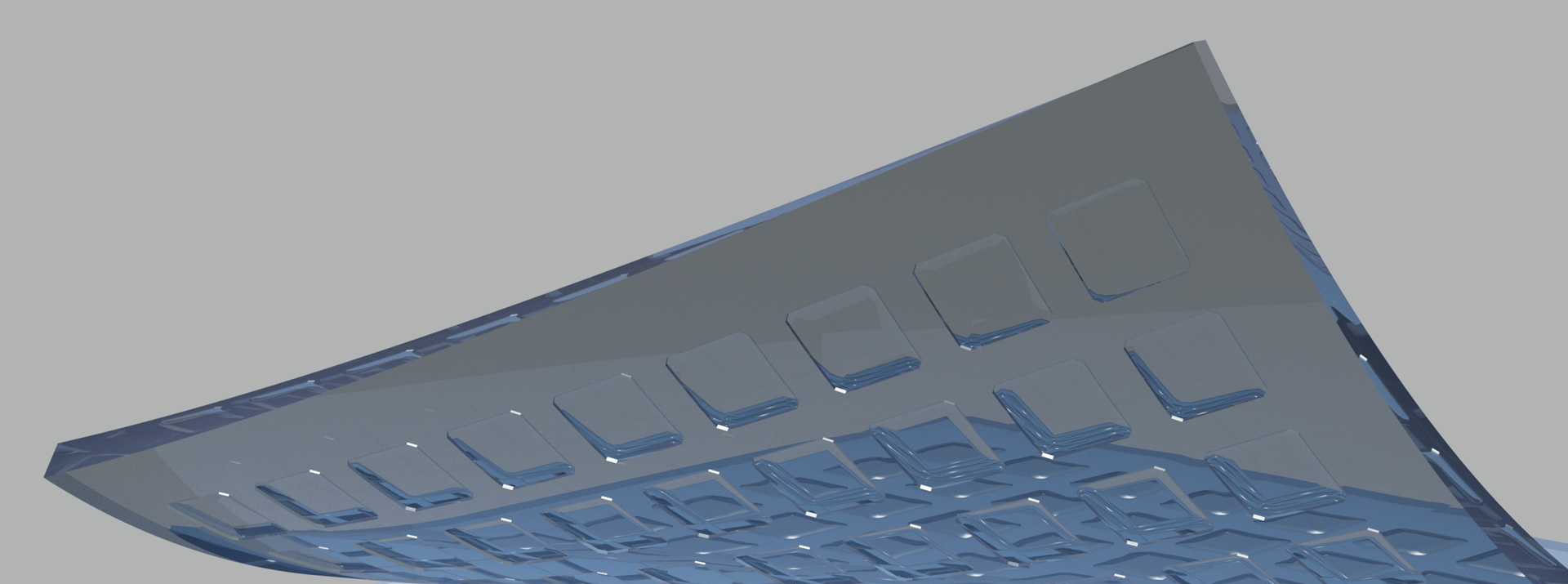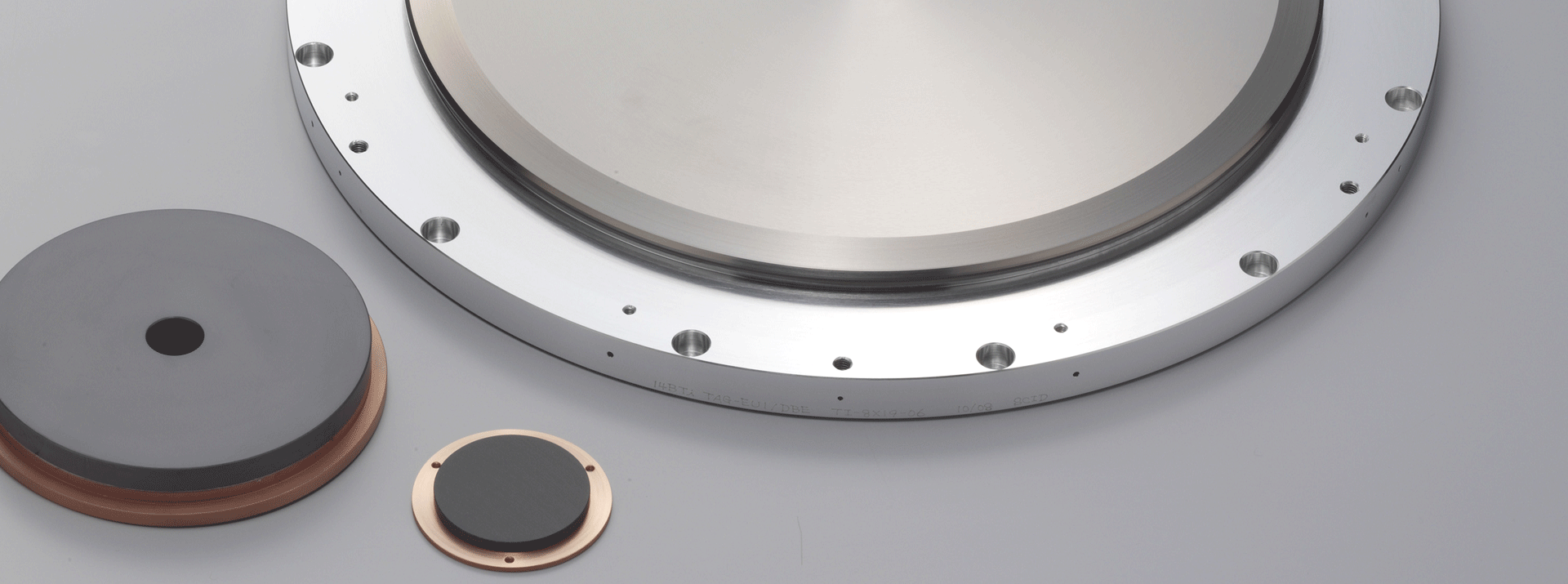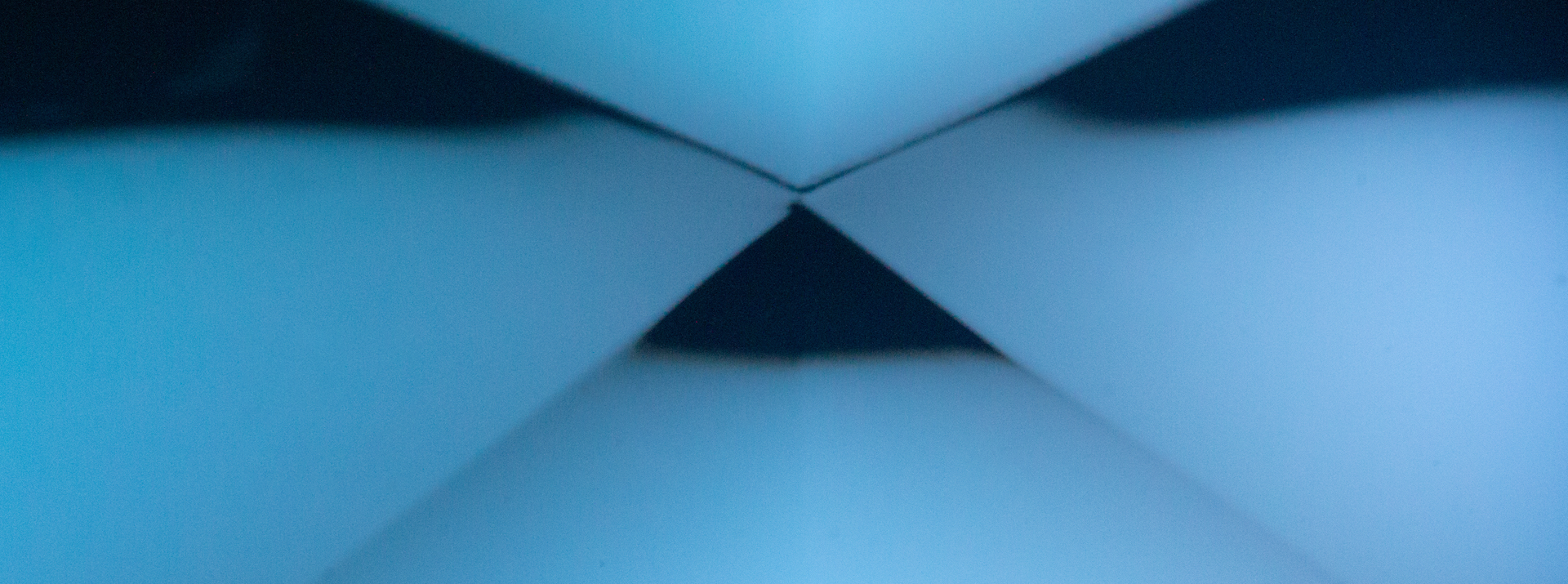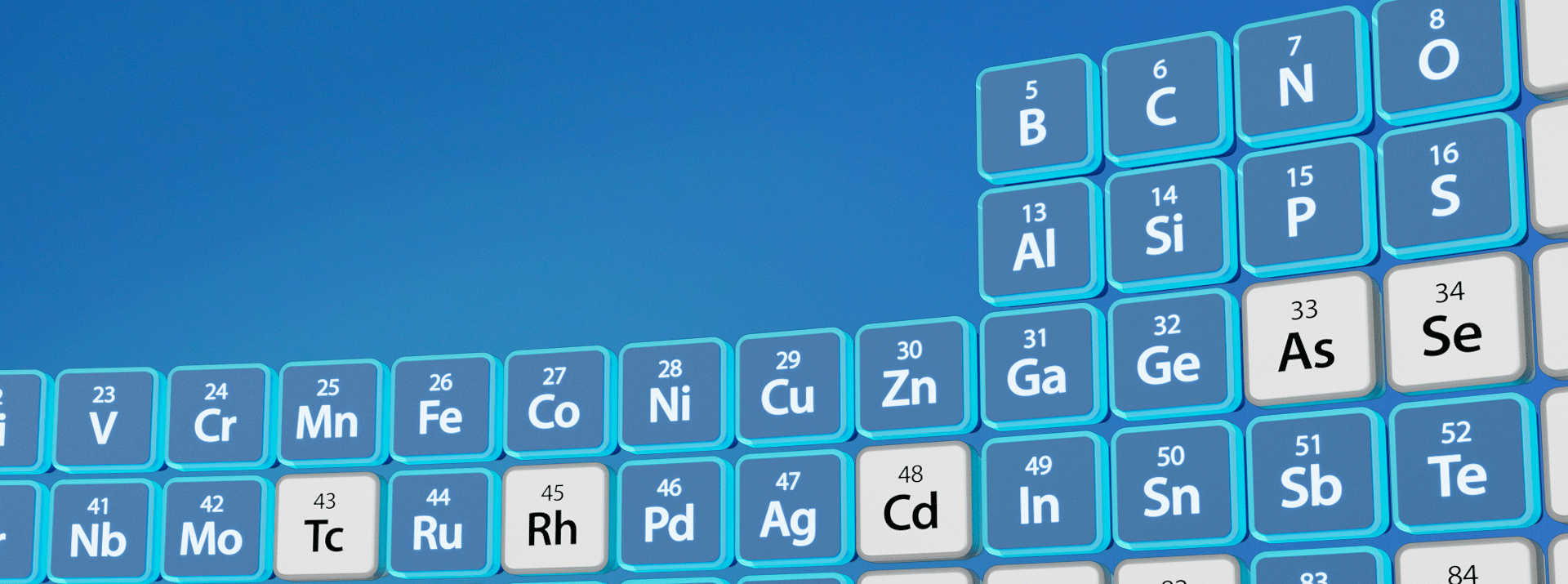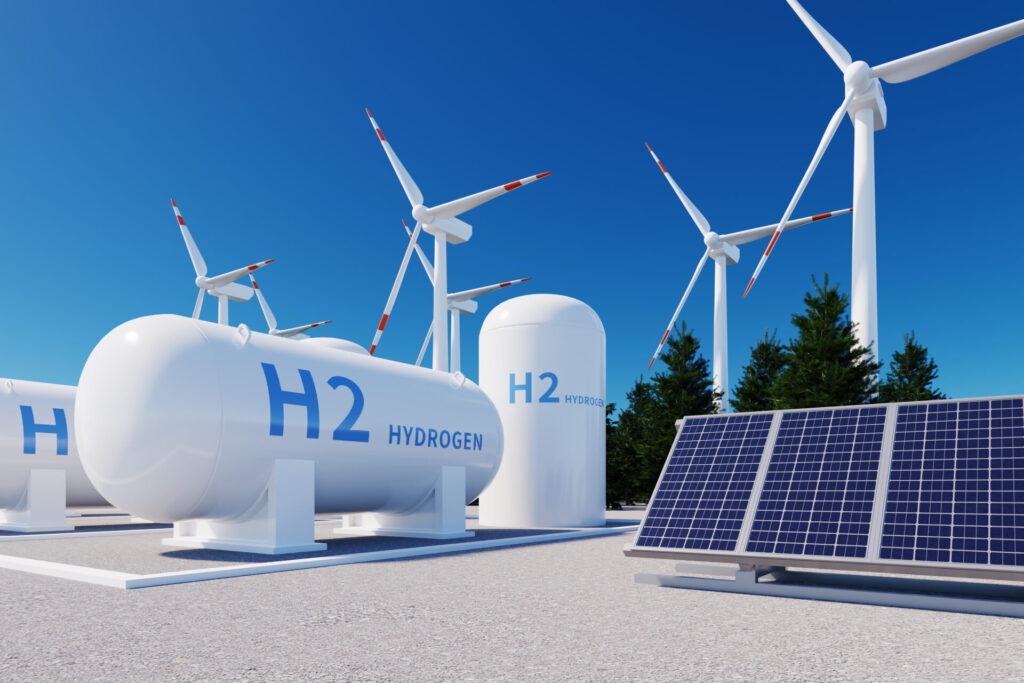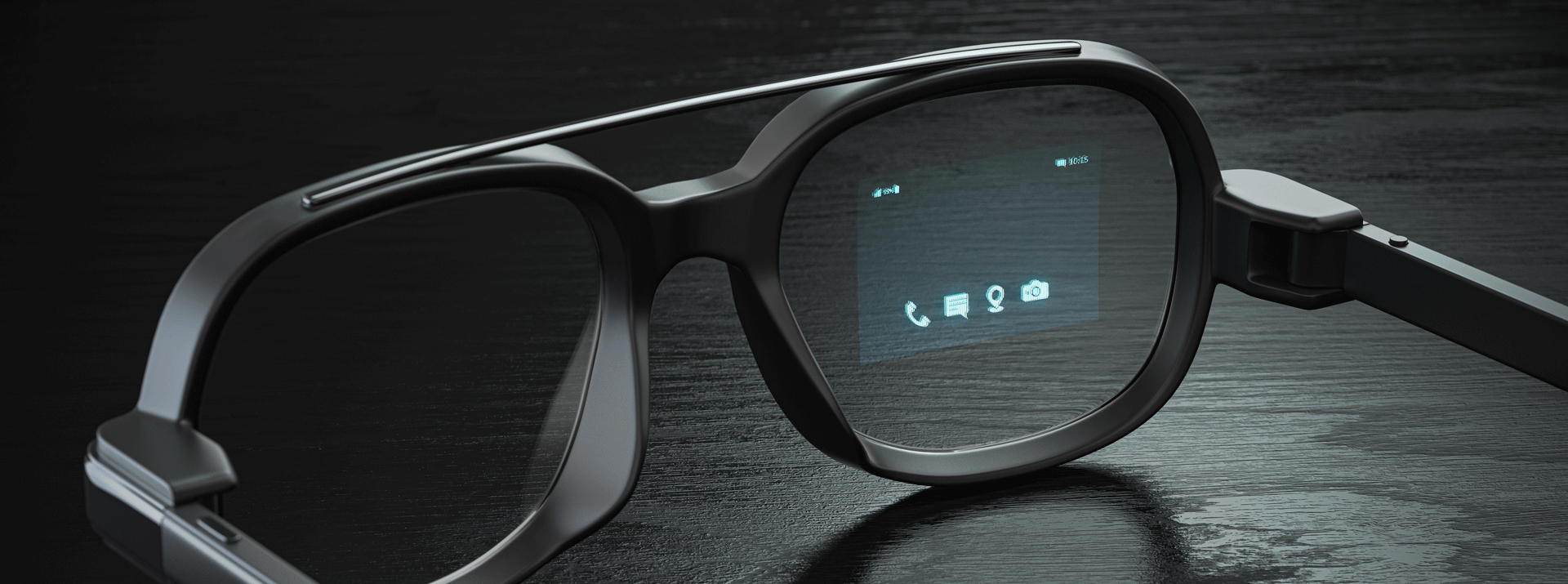
- Elemental Technologies
Solutions for technical challenges of AR/VR devices
目次
New trends in AR/VR displays
As the metaverse market grows, AR/VR devices used to experience the metaverse are expected to further evolve. These devices utilize various types of displays to immerse users in the metaverse.
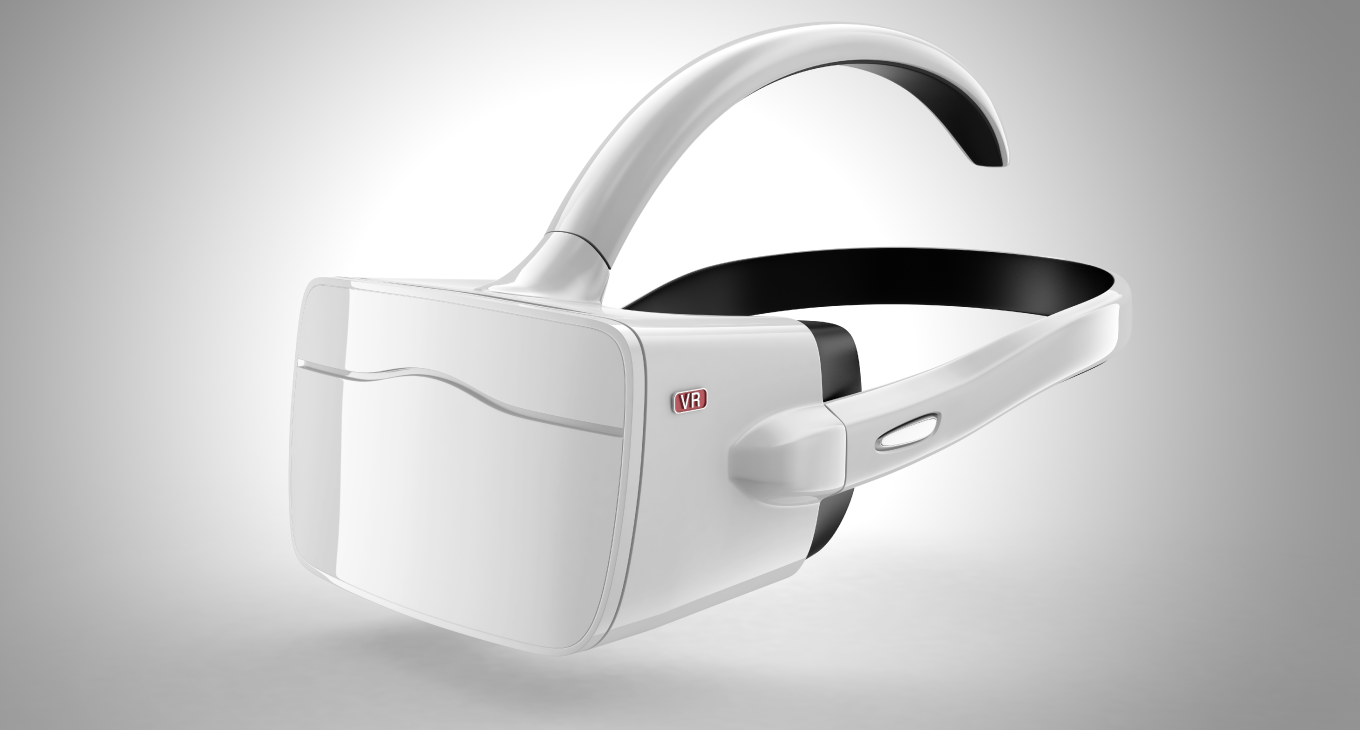
As sales of AR and VR devices increases, the market for the displays used in these devices also continues to grow year on year. In addition, these displays are also changing slightly each year in response to the enhanced performance of the devices. Furthermore, in order to improve the user’s visual experience, devices are now equipped with one display per eye (two displays in total) instead of the conventional method of viewing a single display with both eyes.
The following section will explore the relevant trends and what kind of displays are expected to be seen in AR and VR devices in the near future.
VR devices return to LTPS LCDs
Displays used in VR devices, which allow users to feel as if they have entered another world, are currently commonly TFT (thin-film transistor)-based LTPS LCD (low-temperature polycrystalline liquid crystal display) or AMOLED (active-matrix organic light-emitting diode display). These two types of displays have been used in smartphones for some time and are now being utilized in VR devices.
AMOLEDs, in particular, have been used in many VR devices until recently because of their superiority over LTPS LCDs in terms of their high-speed response and wide color gamut. However, AMOLEDs have limitations when it comes to pixel array and density. A couple challenges are improving PPI (pixel per inch) to a certain level and reducing the occurrence of color irregularities. Furthermore, it is difficult to incorporate them into devices due to their high cost.
Because of these conditions, LTPS LCDs have become the mainstream display for VR devices because of their superior PPI and lower price point.
The supply chains required to produce displays such as LTPS LCDs and AMOLEDs are well-established in Japan, China, Korea, and Taiwan.
As VR devices become more popular, users familiar with the metaverse are demanding higher resolution, wide color gamut, and high-performance VR displays.
In response to such demands, more brands are using OLEDoS (organic light-emitting diode on silicon) in their VR devices to provide enhanced visual effects. OLEDoS deposits OLED circuits on a silicon wafer instead of a glass or polyimide substrate, enabling smaller pixels and thinner devices. They also provide better visual performance than AMOLED or LTPS LCD displays. As a result, OLEDoS technology is attracting attention and investment from global metaverse brands, especially Chinese companies.
AR displays have yet to reach their full potential
Most displays used in AR devices utilize silicon substrates. Microdisplay technologies currently employed in these devices include LCOS (liquid crystal on silicon), DMD (digital micromirror device), LBS (laser beam scanner), OLEDoS, and LEDoS (LED on silicon).
However, current AR displays all have issues with brightness and optical efficiency of lenses. For example, LEDoS displays are good for brightness, but lack full-color performance. Other display technologies each have their own merits and demerits as well. For this reason, AR display technology will take another 3-5 years to mature as of 2022.
It is also important for displays in head-mounted devices (HMDs) to be smaller, thinner, and lighter. To reduce the size of devices, companies are using special optical lens called ‘Fresnel lens’ in combination with displays. A Fresnel lens is one with concentric grooves carved into the lens surface with a sawtooth cross section, as shown in the figure below. The main feature of this lens is that it is thinner and lighter than ordinary lenses.
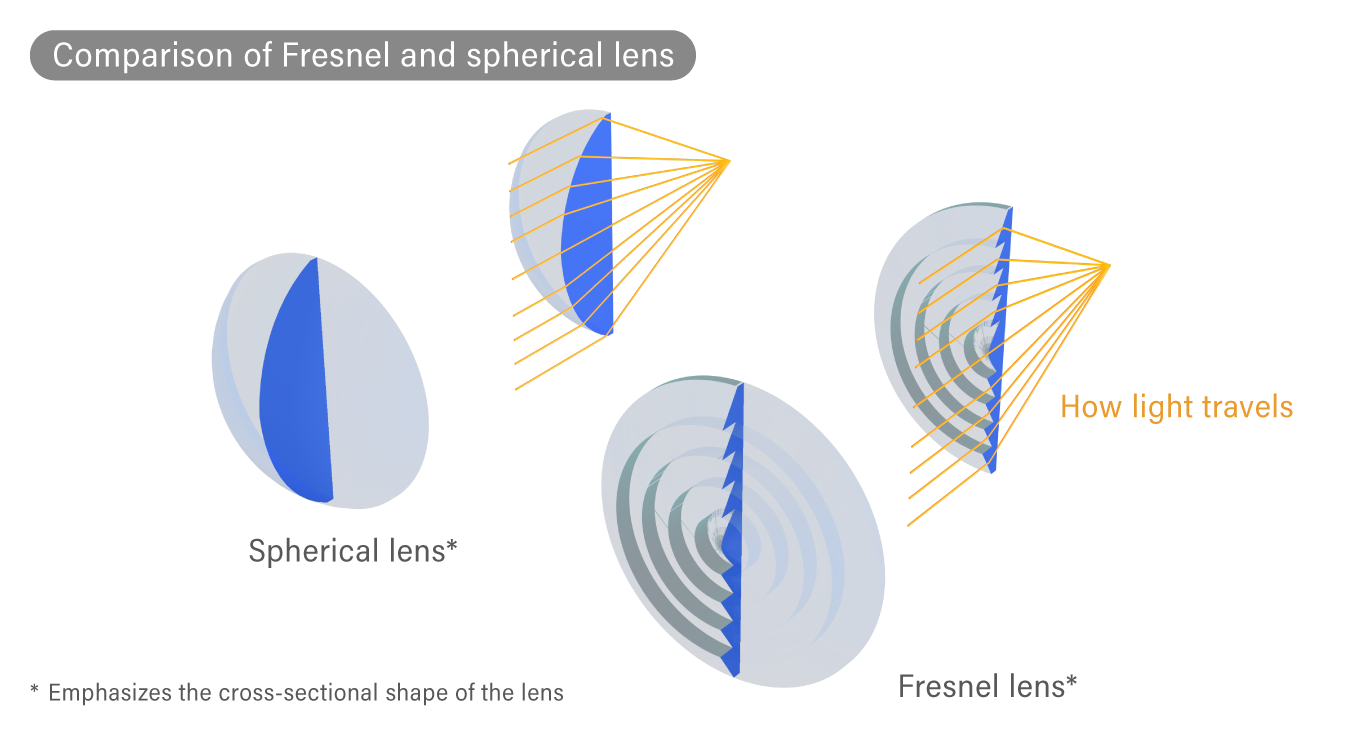
The ‘Screen Door Effect (SDE)’
Another problem with displays used in VR, AR, and MR devices that aim for higher image quality is the ‘Screen Door Effect (SDE).’ When this happens, the gaps between pixels become visible as if projected images are viewed from a screen door. This has a major effect on the user experience.
The resolution of VR displays has improved dramatically compared to a few years ago, and the occurrence of SDE has been greatly reduced with the development of higher pixel density and higher resolution displays, but it has not been completely resolved.
PPD (pixel per degree) represents the image quality of displays used in VR devices. PPD is a unit of display resolution and indicates the number of pixels per 1° of viewing angle. This calculation is expressed with the following equation:
2d (viewing distance) × r (number of display pixels) × tan (0.5°)
The resolution of the human eye is generally considered to be around 60 ppd. If a person with 20/10 vision was to view images on a HMD with a PPD exceeding 60 ppd, it would be indistinguishable from reality. Companies around the world are now working to develop devices with PPD approaching 60.
How Dexerials contributes to the development of VR and AR devices
Dexerials’ products and technologies contribute to VR and AR displays in a variety of ways.
Anisotropic Conductive Film (ACF) is widely used in LTPS LCDs and AMOLEDs to bond driver ICs. Amid the trend for higher resolution displays with pixel density, Dexerials’ unique product ArrayFIX, a particle-arrayed anisotropic conductive film, is increasingly being used. ArrayFix contributes to improved image quality, especially in high-performance devices.
In LCOS and OLEDoS, the display circuits must also be bonded on a silicon substrate, which utilize ACFs for the wiring. Unlike glass substrates such as LTPS LCDs and AMOLEDs, silicon substrates have high thermal diffusion capabilities. Heat generated by bonding driver ICs and FPCs tends to escape throughout the substrate, making it difficult to transfer heat to the ACF. Dexerials can propose the most suitable bonding process with its expertise in display technology.
When laser light is used as the light source for an AR display, the components in the optical path must have high heat resistance. Inorganic optical components such as inorganic diffusers and waveplates, developed by Dexerials Precision Components Corporation (now Dexerials Photonics Solutions Corporation (DXPS), have excellent heat resistance.
In addition, inorganic waveplates can help improve contrast in LCOS technology, which is often used in AR devices.
Along with displays, components around the lenses of VR devices are also required to be thinner, which could lead to the use of pancake lenses. Such devices adjust image quality by laminating multiple organic polarizers and waveplates. However, the lamination process may cause wavefront aberrations and phase shifts that affect the image quality and may impair the immersive experience. Inorganic waveplates serve as alternative option to enable thinner products without causing wavefront aberrations. The inorganic materials manufactured by Dexerials are widely used in projectors, and there is no doubt that their use in VR and AR devices will expand.
Dexerials has cutting-edge products and unique technologies for AR and VR devices applications, which can contribute to the growth and development of the ever-expanding metaverse.
Related articles
- SHARE

We provide materials regarding our products and manufacturing technologies.
Feel free to download it for free.
Download Materials
We provide materials regarding our products and manufacturing technologies.
Feel free to download it for free.
Download Materials



